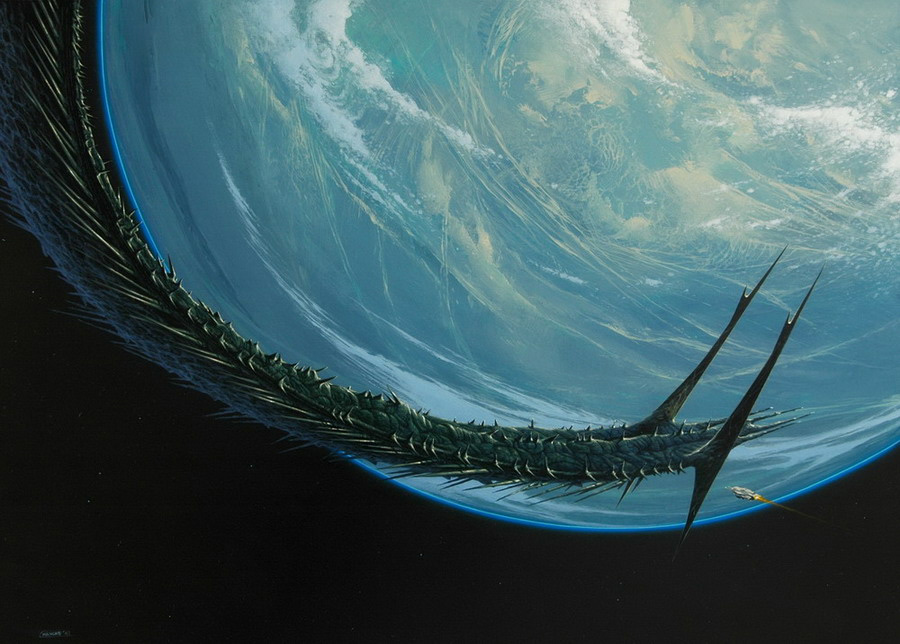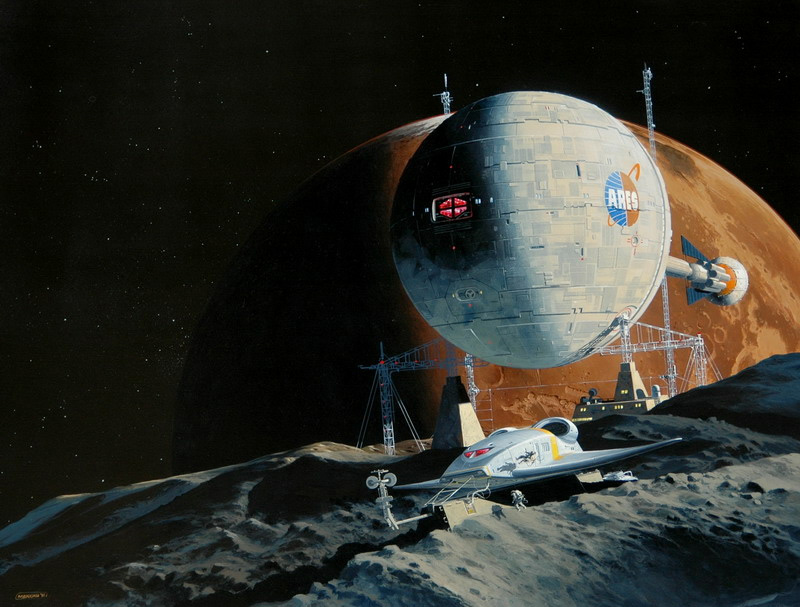I''ve been thinking for a long time now about the sci fi game I want to run. I'm inspired by transhumanism and the questions it poses. 'What is human' 'What is death' 'What is alive' 'What is valuable about experience' 'what gives existence meaning' of course these themes are by no way limited to scifi I just find trans-fic a great vehicle for this type of philosophic thought experiments. If you are thinking ..'ahhh yeah ...sure..whatever' go and read 'Blindsight' and have your mind blown.
Ive read a lot of sci fi fiction and in all of it I'm yet to read about the leap to FTL and a trans-light society and more then that a world approaching singularity. 'Rainbows End' goes somewhat in this direction as does 'This is not a Game' by my favorite old school c-punk author Walter Jon William yes he of 'Hardwired' and 'Voice of the Whirlwind' so I guess these titles are going some of the way towards what I want to explore.
Here is the pitch I gave the players
"Its the future of Earth and a colonized solar system. Ecological
instability in Earths biosphere has reached the point where heavy
industry has had to move to orbit. Had to or we die. Period.
The beanstalk, the mass drivers, the Corporate Council and WorldGov made that possible.
The corporate council paved the way for Mercury, Venus, Mars, the Belt and Jupiter all have city settlements and factory outposts.
There are corporate research labs around the Sun and in the outer system - Saturn and beyond.
Industrial espionage is rife. Corporates war over market share. The war is clandestine or bushfire. Some of it is essentially terrorism.
Uplifted animals, androids, genetically and technologically enhanced humans are common. Base-humans are fast disappearing or are out competed. Rampant Darwinism.
Against this backdrop there are a number of technologies just starting to emerge. Making a complex environment even more so -
The beanstalk, the mass drivers, the Corporate Council and WorldGov made that possible.
The corporate council paved the way for Mercury, Venus, Mars, the Belt and Jupiter all have city settlements and factory outposts.
There are corporate research labs around the Sun and in the outer system - Saturn and beyond.
Industrial espionage is rife. Corporates war over market share. The war is clandestine or bushfire. Some of it is essentially terrorism.
Uplifted animals, androids, genetically and technologically enhanced humans are common. Base-humans are fast disappearing or are out competed. Rampant Darwinism.
Against this backdrop there are a number of technologies just starting to emerge. Making a complex environment even more so -
- Memory digitization and memory grafts
- Artificial Intelligence
- Nano technology
- Faster then light travel
- Faster then light communication
- Time manipulation
- Field theroy advances (higg's particle manipulation)
- Exo-plantetology
- Quantum computing
Yeah and against this backdrop your making a living."
The 'Theme' capital T is "change vs stasis".
Narrative mode would be Noir”: the protagonist is the perpetrator of crime, a victim, suspect or mercenary involved with crime.
Regardless he is someone tied directly to crime, not an outsider called to solve or fix the situation.
There is an emphasis on sexual relationships and the self-destructive qualities of the characters
who manage to overcome their flaws and do good, despite themselves.
So I've thought about system - most people wold be thinking Eclipse Phase and while I think its very good there is a lot about it I dont like. Chiefly the character generation which would bore my players to tears. The core system and its lack of a narrative focus is also a problem. So EP is out. NO it is out.
So what else Traveler - nope. I like it for the OTU and the Imperium and all that but as a generic system even the black books dont really give me what I'm looking for. Mainly as I want to place some of the narrative freedom/responsibility back to the players.
A little left of center I could use Shadowrun however for similar reasons to EP, SR fails to take the top place. Although thinking about it the world is close to the outline in many areas. It would need a hack even so.
FATE in all its incarnations is not workable for our table. So its out. [long story. Trawl back through the blog if your interested. Essentially FATE is system heavy, rules heavy, core mechanic lite. Just look at any of the book all are really dense with system and subsystem]. "Yeah, well, that's just, like, your opinion, man"
The Cortex+ engine as seen in Marvel and even Leverage come very close to the type of framework I want. So I could do a hack of one of those.
Very narrative games have my mind share for this. 'Dogs in the vineyard' and 'Apocalypse World' 'Mouse Guard' and 'Burning Wheel' even 'Technoir' are all the type of thing I'm thinking about hacking to give me what I want. In some ways you would think Technoir comes closest but it has its challenges too.
Yes because I love the simplicity of old school and I've seen it work well something like David Bezio's X-plorers rpg or BRP cold be shoe horned. BRP more so when you add in the Pendragon like passions as an optional rule.
So over the next bit I'll explore options for this game and post it all up here.






























